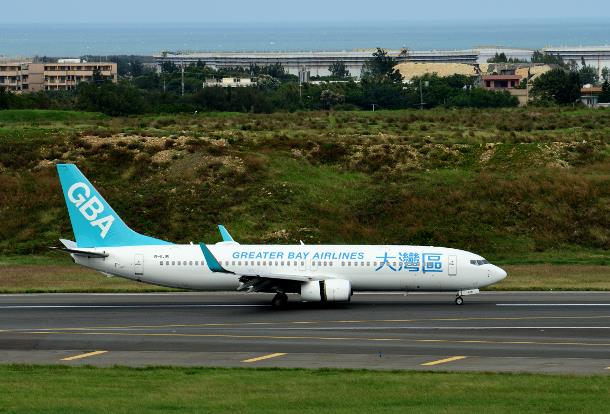
Recently, an announcement by China’s Ministry of Transport regarding the imposition of a special port fee on U.S. vessels has drawn significant attention in the cruise industry.
As a countermeasure to the U.S.’s upcoming port fees on Chinese ships, the notice specifies that starting from October 14, 2025, China will levy a special port fee on U.S. and U.S.-affiliated vessels.
According to the announcement, the fee applies regardless of whether the owner or operator is registered in the U.S.; any company with 25% or more U.S. ownership, or ships flying the U.S. flag or built in the U.S., will be subject to the fee when docking at Chinese ports.
Notably, the fee will be charged per voyage, calculated by net tonnage, with a four-year step-up mechanism: starting at RMB 400 (about USD 56) per net ton on October 14, 2025, rising annually to RMB 1,120(about USD 157) per net ton by 2028.
Royal Caribbean is now caught in a policy squeeze from both sides: on one hand, the annual fixed cost of RMB 350 million (about USD 49.03 million) at Chinese homeports is unavoidable; on the other, the U.S. government is reconsidering cruise companies’ tax exemptions, potentially curtailing benefits under Section 883 of the U.S. tax code.
Under this dual squeeze from global regulations, U.S.-controlled cruise companies have increasingly limited room to adjust, leaving little flexibility to manage rising costs.




